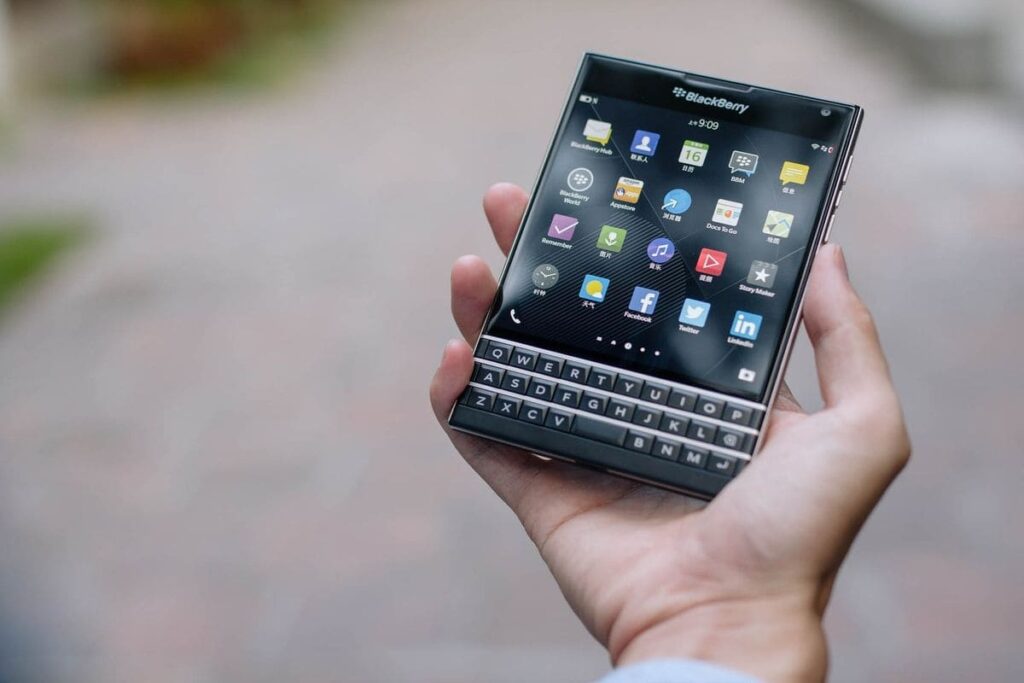In the early 2000s, the name BlackBerry was more than just a brand. It symbolized status, security, and productivity. From top executives to government officials, many were inseparable from the compact device with its iconic physical QWERTY keyboard. But it didn’t take long for the tech giant to stumble. Many say BlackBerry was “killed by touchscreens.” But is that really the whole story?
The Golden Era: When Everyone Wanted a BB
BlackBerry dominated the global smartphone market in the mid-2000s. With encrypted BlackBerry Messenger (BBM) services and revolutionary push email, it became the device of choice for professionals and high-ranking individuals. Even U.S. President Barack Obama reportedly refused to part with his BlackBerry while in office.
Back then, no one imagined that BlackBerry’s reign would be short-lived.
2007: The Beginning of the End
When Apple introduced the first iPhone in 2007, many industry veterans—including Research In Motion (RIM), the company behind BlackBerry—dismissed it. They believed the touchscreen was a gimmick. After all, who would want to give up the comfort of a physical keyboard?
But the market thought differently. The iPhone was a massive success. Android soon followed. The tech world changed direction: apps became the core of the user experience, and full-touch displays became the new standard. Meanwhile, BlackBerry clung to its old design and was slow to adapt to this shift.
Storm and Z10: Too Late, Too Lost
BlackBerry finally launched its first touchscreen phone, the BlackBerry Storm, in 2008. But its clunky design and poor user experience made it a commercial flop. Their innovation felt forced—not a natural evolution.
Later, in 2013, the BlackBerry Z10 and Q10, with the updated BB10 operating system, were released. Unfortunately, by then, Android and iOS had already claimed almost the entire smartphone market. Popular apps weren’t available on BlackBerry World. Even loyal fans began to jump ship, especially after BBM became available on Android and iOS.
More Than Just a Screen
One of BlackBerry’s biggest mistakes wasn’t just adopting touchscreen technology too late—it was failing to understand the broader direction of the industry:
- No strong app ecosystem
- Too focused on corporate users, ignoring the mass market
- Failed to attract developers to its platform
- Dismissive of trends it saw as “temporary”
Google and Apple invited many outside developers, while BlackBerry remained closed and exclusive.
Game Over: When a Big Name Isn’t Enough
Eventually, BlackBerry stopped making its own phones and pivoted to software and security services. Its operating system was officially shut down in early 2022. From a global communication powerhouse, BlackBerry is now a footnote in tech history—though its parent company still exists in the cybersecurity space.
Lessons from the Fall
BlackBerry wasn’t entirely killed by touchscreens. It was undone by arrogance toward change, a failure to innovate in time, and inability to deliver a relevant user experience.
We can learn from BlackBerry’s journey that speed and flexibility are crucial in the tech industry. Innovation isn’t about holding on to past glories—it’s about daring to break them before someone else does it for you.




